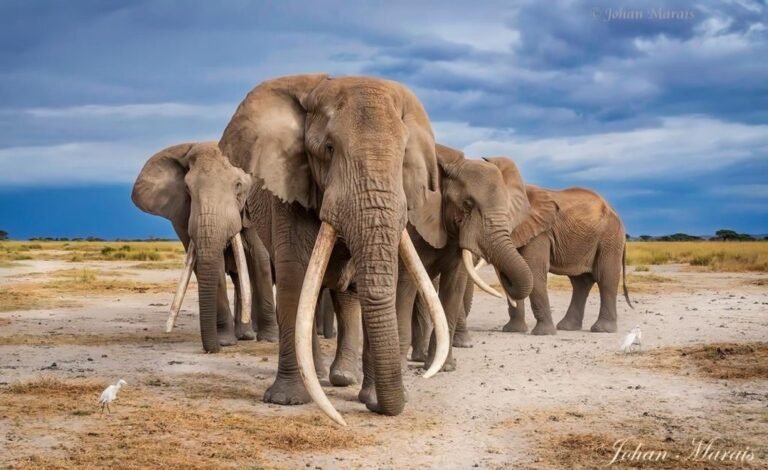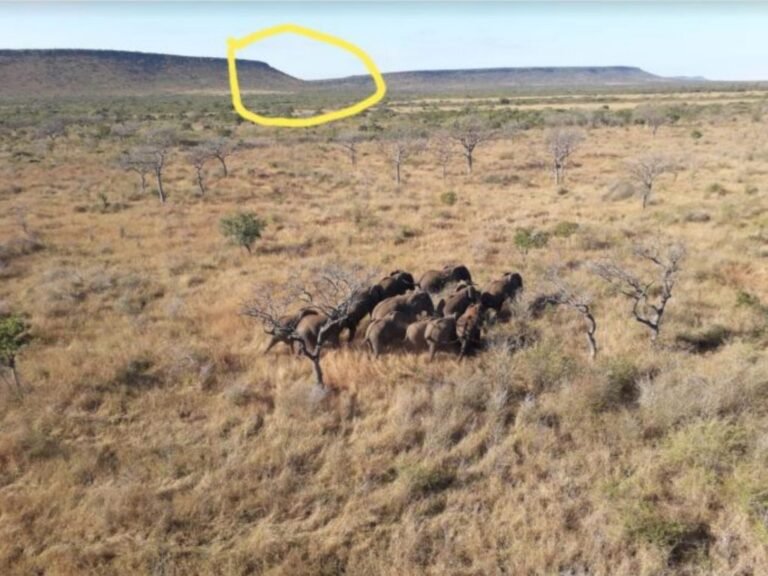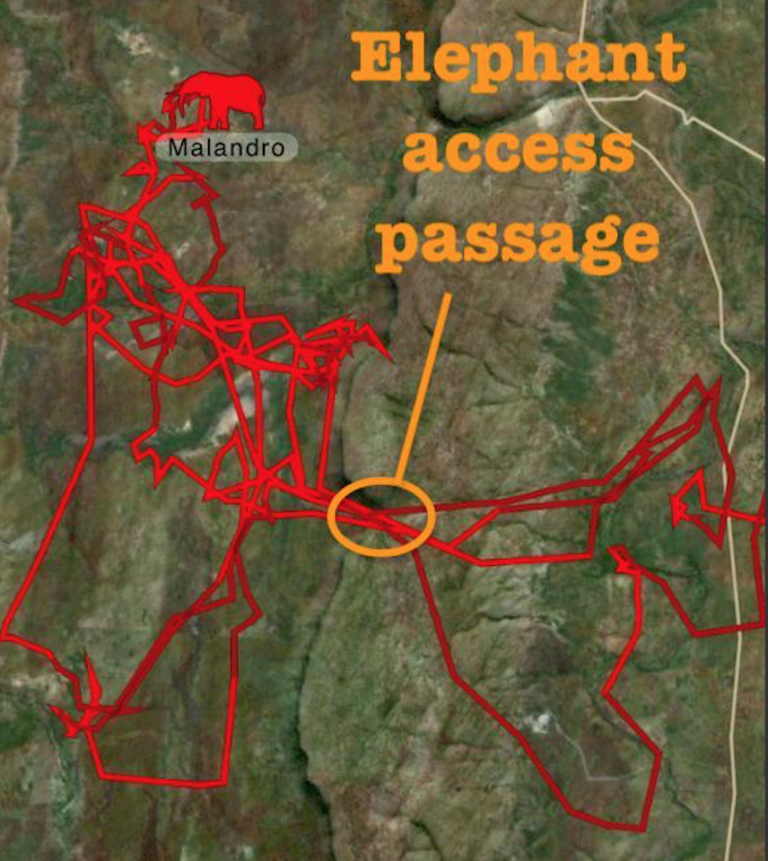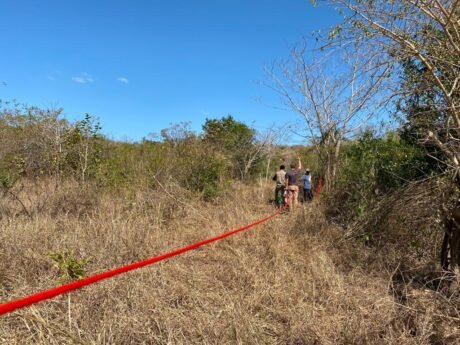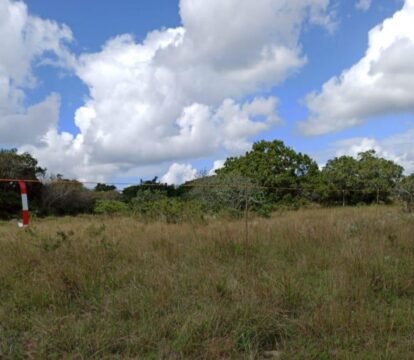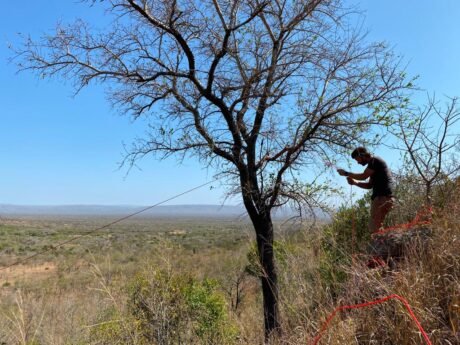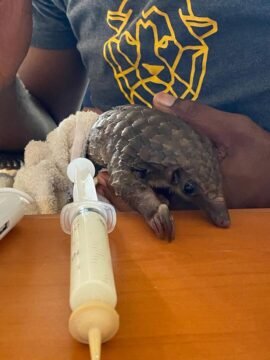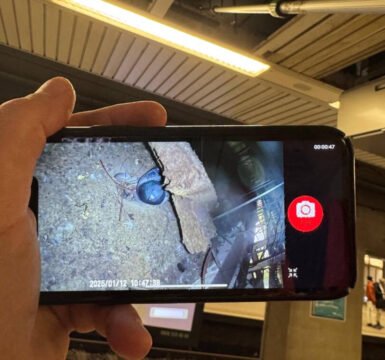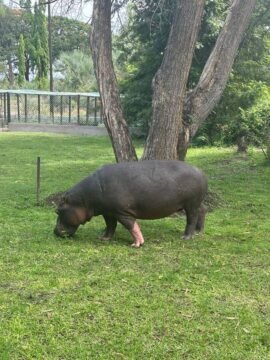Additionally, involving local communities in the conservation and management of wildlife can foster a sense of ownership and responsibility, reducing the likelihood of conflict. Tackling human-wildlife conflict requires a comprehensive approach that considers both the needs of humans and the conservation of wildlife.
Ultimately, conservation efforts must be sustainable and equitable, taking into account the complex social, economic, and environmental factors that contribute to the conflict. By promoting coexistence and implementing effective mitigation strategies, we can reduce the negative impacts of human-wildlife conflict and promote conservation efforts that benefit both humans and wildlife.
